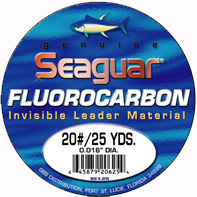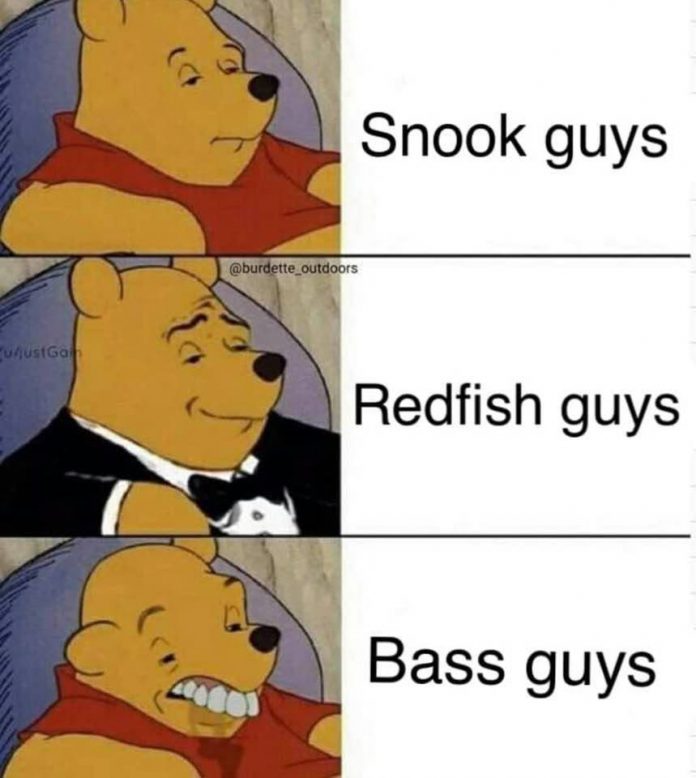The whys and hows of fishing make for how successful you are going to be. Are you “really into it?” If it is your thing, can you become extremely successful. Want more specific information on a topic: Use the search feature top right. I probably have already written on it.
Recent history shows, the adaptive guy is going to outproduce the guy who always goes to the same place and does the same things. Things are changing. There are fish to be caught but are you in the right places? Are you doing it the right way?
The ideas are for the Tampa Bay area. Being successful on this part of the Gulf Coast. Know the species. Know what they eat. Know where they live. Know the tides. Know the wind. Know the time of year. Put it all together and you will be better at it. There are many options. Different species: Different ways of finding and catching them.
For an outer flat that would be a good spot to intercept fish, you
almost have to cruise each one and try to spot signs of activity.
For areas that are going to hold redfish, plant a seed in your mind that you
should see “mullet activity” in the area. When you
spook out redfish from a good area you’ll see “mud puffs” on the
bottom. Note the spot for future trips.
I’ll go out and just paddle areas just to see where the fish spook
out. I take mental notes of where they area and what kind of terrain
is on the bottom (sand and grass, mud, all sand, all grass etc.) and I’ll watch
for changes in depth. Some of the spots that have a one foot change
in depth can be great trout spots at higher tides. At lower tides they
could be ambush hangouts for snook and redfish.
At lower tides you should also take note of where you see oysters.
Redfish and snook are big on sitting around those areas when water covers
them. Low tides are easy to find fish. Peak high tides are easy to find fish. Beat the bushes on high tides. The fish go up in there when the water is
up. The low tides, figure out the spots
that hold significant water where just next to it, it’s dry.
A lot of it is about the scouting. Where you found fish. Where
you didn’t see any fish. And it can change. You may find the
fish in that spot that’s high and dry at low tide when the water’s way
up. When it’s dry there, you have to look around and think
“Where would I go if I was a fish?” Some areas that look
good but don’t hold fish at lower tides has to do with “escape
routes.”
The fish know that they’re on a bottom rung of the food chain.
Going up the creek without an escape route makes Mr Fish an endangered
species. The proximity of a “deep water escape” makes for
a good fishing spot.
There’s swimming lures. There’s jigging. Jigging is for species like pompano. The inshore species want a more conventional lure. Jigging, use a pompano jig with a teaser. I have tied my own teasers for a decade. The teaser: It’s going to be pink. The pompano jig: It is going to be yellow. More on “Jigging” below.
Topwater lures are a great way to tempt the best trout. More details:
Other species may attack them but the topwater lure is primarily a Big Trout lure. Learn the when’s and where’s: Topwater lures are a perfect example. If you are in water that is deeper than two and a half feet, you success drops. Use topwater lures where it is not as deep. These fish live “on the bottom”. You only want to tempt a fish that is a couple feet away from the lure, maximum. So, when the water is deeper, use something subsurface. I use 12 Fathom jigs. The SlamR and the Mullet. The mullet is my redfish bait. The SlamR is for trout and flounder. Bright gold, any 12 Fathom lure works on bluefish. For mackerel, I would normally use the pompano jig and teaser but the gold mullet is pure gold for them. Hard baits: Topwater lures, I only use Mirrolure “Top Dog Juniors” or other Mirrolure topwaters. Subsurface, the Mirrodine or Mirromullet are hard bait options that get down below the surface. My Mirrolure Reviews:
Pure action, jigging is something a lot of people don’t take advantage of. Ladyfish, silver trout, whiting, mackerel, bluefish, the stray cobia. They eat the jig. More precisely, they usually eat the teaser. 90% of the fish will eat the pink teaser. Mine are tied durable. Flash built into each one. When “jigging” the goal is to keep the lure in contact with the bottom. The exception: Mackerel and ladyfish will be in other parts of the water column. So few people do it. And they are missing out. It is fun. And it provides action when the other fishing isn’t strong.
On Jigging: http://www.capmel.com/jigging-and-jiggling/
Our fishery sustains. Despite some serious pressures. We need to adapt a Release mentality. I haven’t kept a redfish in seven years. I haven’t kept a snook in twelve years. I will never kill either one again. If more people were doing the same, we would have a much different fishery. Isn’t it better to have the fish to catch than it is to have them dead on a dinner table. Pompano are better eating and aren’t endangered. Flounder are completely underutilized and just as good to eat. Go that way. Be part of the solution. The state won’t do it right. They wouldn’t admit it but they wanted their “snook stamp money.” Without it, they might have managed it differently.
“Rig it right.” People show up with their own gear and I see lures rigged upside down. Crooked. If you want to be the most successful, learn how to rig them right.
Errors Rigging Lures: http://www.capmel.com/errors-rigging-lures/
Eliminate Errors in general: http://www.capmel.com/eliminate-errors/
Use fluorocarbon leader. A one time investment will last you years. A 20 yard spool of the stuff goes a LONG way. Don’t use a cheap jighead. Spend an extra dollar and get a jighead that swims right. One choice is the Mission Fishin’ 1/8-ounce. Their failure. I told them for YEARS: Make one 3/16. Another company that has sponsored me makes a 3/16-ounce and it is a perfect weight. Our of South Carolina, not as easy to find locally but you can order them. They are called: The Predator Eye. Here is my review on their jighead: http://www.capmel.com/predator-eye-jigheads/

Evaluate your equipment. Your reels. Whatever. Your rods are important. You want rods with good feel. High modulus graphite: You can spend what you want. With a higher investment you are investing in durability. Want to shorten your search, look at Tsunami rods and reels. You will pay half what you will with other brands and the durability is there. Search capmel.com for my reviews of Tsunami gear.
Enjoy Capmel.com. This site is massive. It continues to grow. The content is exceptional. My work. Mel’s work. Terry Tomalin; Frank Sargeant among just a few. It is here for you to read. If you have any questions, contact me at livelybaits@aol.com. Get out and enjoy yourself. It is fun even if you don’t do well. But, since you are going to be out there anyway: Why not catch the fish too??
Neil Taylor is owner of Strike Three Kayak Fishing. Instructional kayak fishing around Tampa Bay. Contact him at 727-692-6345

- The Neil Blog… - July 26, 2023
- The Catfish - July 26, 2023
- update - July 22, 2023











